
A capable person who is well trained in calf raising and management should be assigned the task of raising the future dairy herd. Timing and sanitation need to be given top priority in the daily calf feeding and management procedure.
It is of utmost importance that the calf be checked completely at least twice daily. Any abnormal or sick calf should be isolated, treated, and checked hourly, if necessary, until its health has returned to normal. The following general rules, if adhered to daily, will prevent calf losses and promote normal development of the young dairy replacements:
- Observe condition of hair and eyes (dullness and brightness).
- Observe appetite at each feeding twice daily, also nature and consistency of droppings.
- Check for external and internal parasites.
- Note coughing, possible respiratory disorder.
- Be alert to change in calf's temperature. Normal temperature is 101.5 - 102.5 degrees F. Temperatures may be sub-normal or as high as 107.0 degrees F. Check for panting.
- Check hay, bedding, water, salt, and mineral supply.
- Keep feed troughs clean.
- Calves should be checked occasionally for normal growth by using a livestock tape to measure the heart girth.
- Turn suspicious calves out of individual pens to check for abnormal gait, kicking at stomach which may indicate torsion, limping for foot rot, or other abnormalities.
- Check sick calves four times daily and isolate them to prevent disease from spreading.
- Immunize and routinely treat according to the veterinarian's recommendations.
- Request that the veterinarian check the entire herd periodically, including calves, to locate minor problems and to prevent serious outbreaks.
Many kinds of equipment are needed for the care, treatment, and management of calves and heifers. Failure to have the equipment conveniently arranged and readily available often contributes to higher calf losses.
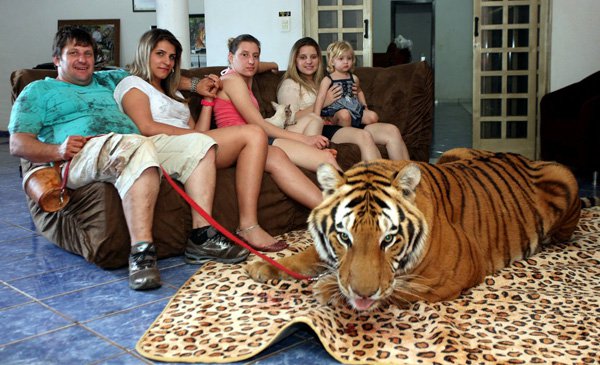 Remember that Ventilation is a Most Important Feature of Chicken Houses
Remember that Ventilation is a Most Important Feature of C
Remember that Ventilation is a Most Important Feature of Chicken Houses
Remember that Ventilation is a Most Important Feature of C
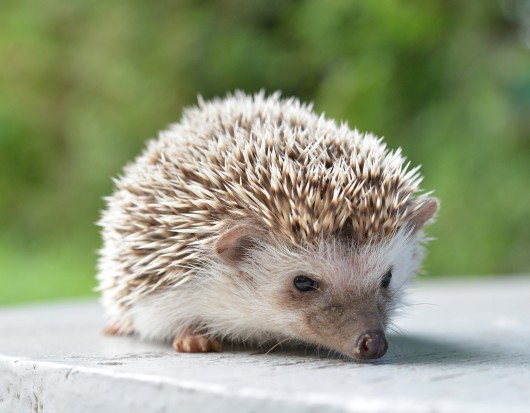 Caring For A Pet Hedgehog
Caring For A Pet
Caring For A Pet Hedgehog
Caring For A Pet
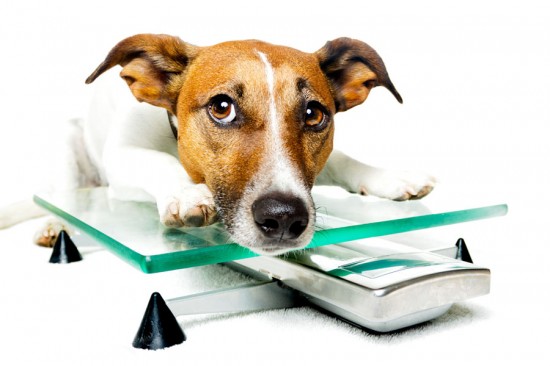 Obesity In Dogs
Obesity In Dogs
Obesity In Dogs
Obesity In Dogs
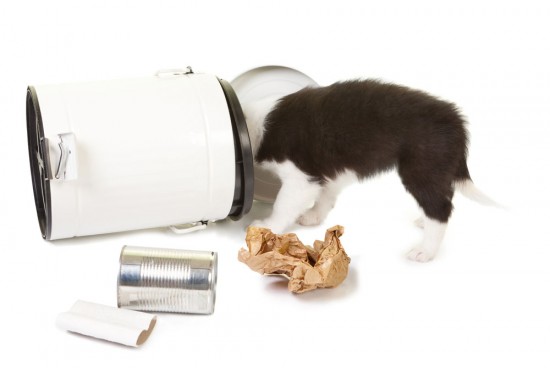 Help! My Dog Won’t Stay Out Of The Bin!
Help! My Dog Won’
Help! My Dog Won’t Stay Out Of The Bin!
Help! My Dog Won’
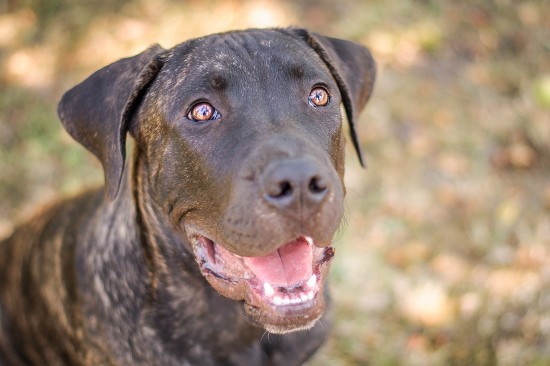 Is The Presa Canario Dog A Good Choice Of Pet?
Is The Presa Cana
Is The Presa Canario Dog A Good Choice Of Pet?
Is The Presa Cana
Copyright © 2005-2016 Pet Information All Rights Reserved
Contact us: www162date@outlook.com